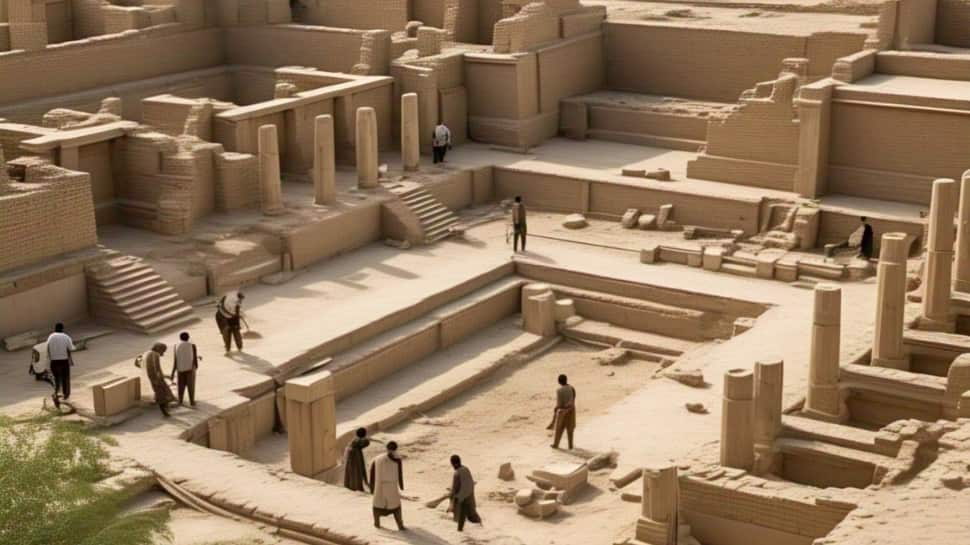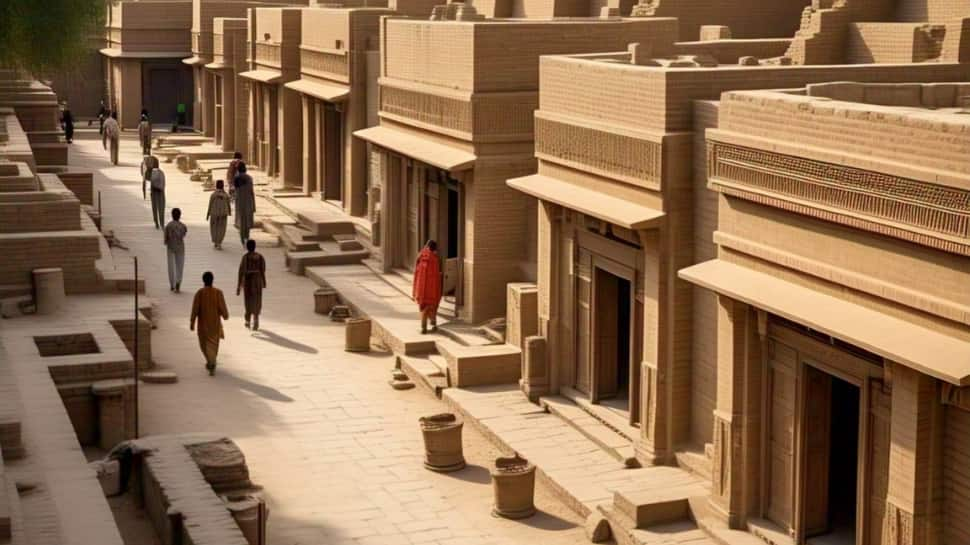)
The ruins of Mohenjo-daro present a grand view from the riverside, the Indus River of today, according to UNESCO.

It is believed that the buildings of Mohenjo-Daro were made of standardized baked bricks. In addition, it was the home to multi-room houses, some with courtyards. The more remarkable feature would be the presence of granaries, wells, and warehouses.

As per UNESCO, a series of towers were found in the south-east corner of the 1950 excavations. The square towers were of solid brick, except the earliest, which showed slots for timber beams.

One of the most iconic structures of Mohenjo-Daro is its 'Great Bath'. The large public water tanks with steps and watertight brick lining were possibly used for ritual bathing or community gatherings.

The decline of Mohenjo-Daro cannot be exactly determined, but there could have been a number of possible reasons.

This is what the homes from Mohenjo-Daro could have looked like from the inside. Mohenjo-Daro, the archaeological site, was declared a UNESCO World Heritage Site in 1980.

All images in this story were generated by Meta AI